Over 400 years of history, the Japanese Covered Bridge has become a symbol of the ancient town, contributing to making Hoi An a worthy World Cultural Heritage. The Japanese Covered Bridge was recognized as a National Historical - Cultural Relic in 1990.

Hoi An City organized a seminar to gather experts' opinions on the restoration process of the Japanese Covered Bridge (Photo: Ngo Linh).
Not only that, this historical structure is also considered by Hoi An people as the crystallization of the soul of Hoi An land and people. This is also a familiar meeting place for domestic and foreign tourists when coming to the ancient town.
Although it has been repaired 7 times, due to the erosion of time and the impact of humans and natural disasters, the Japanese Covered Bridge has seriously degraded.
To protect the national relic, Hoi An City has prepared a dossier for restoration. The project has a total budget of more than 20 billion VND from the budget of Quang Nam province and Hoi An City, invested by Hoi An City People's Committee, managed by Hoi An Cultural Heritage Management and Conservation Center.
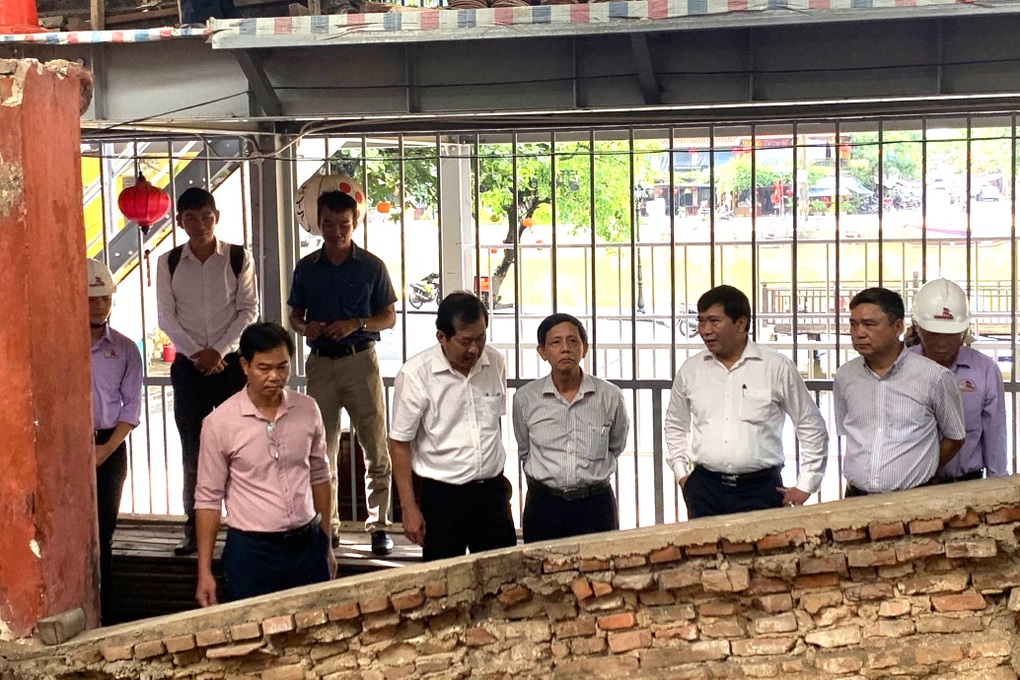
Experts and leaders of Hoi An City surveyed the actual restoration process of the Japanese Covered Bridge on October 24 (Photo: Khieu Thi Hoai).
After a period of renovation and construction, the demolition of the project has been completed, the foundation has been reinforced and the project is about to enter the most important phase with many difficulties and problems that need to be solved.
Hoi An City has organized field surveys and seminars to consult domestic and international experts on specific technical issues, consolidate survey and research results, thereby unifying and creating consensus on technical solutions to carry out the restoration of the Chua Cau relic in accordance with the viewpoint and principles of restoration.
At the seminar, experts and researchers highly appreciated the planning, surveying and restoration plan proposed by Hoi An City and Hoi An Cultural Heritage Management and Conservation Center; highly appreciated the way the relic was treated in terms of preservation and treatment of damaged wooden parts, tiles, colors, etc. during the restoration process.
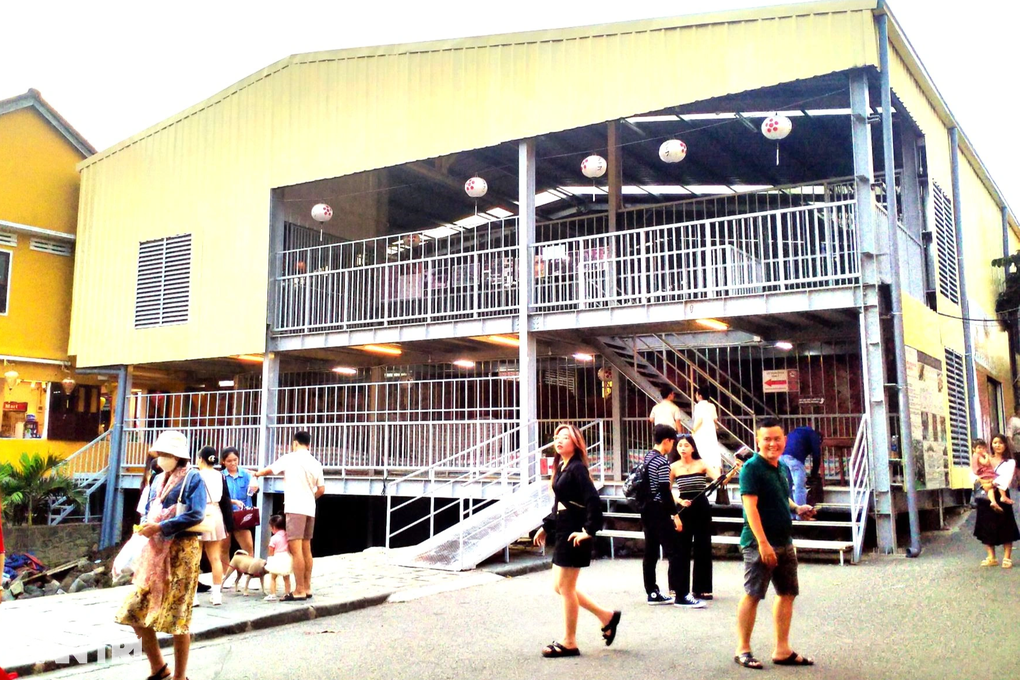
The Japanese Covered Bridge is under restoration (Photo: Ngo Linh).
Experts also contributed many enthusiastic opinions on the planning for preservation, restoration and rehabilitation of the Chua Cau relic.
Prof. Dr. Architect Hoang Dao Kinh - former member of the National Cultural Heritage Council - said that the project to restore the Japanese Covered Bridge is a model for restoring wooden architecture. For the first time, a relic has been dissected open and displayed for people and tourists to publicly admire the restoration process.
Mr. Hoang Dao Kinh also noted that it is necessary to build a scientific dossier on the process of research, survey, evaluation, design, completion and issues arising during restoration. This is a very important intangible heritage dossier, serving as a basis for future documentation.
Ms. Nara Hiromi - Senior Expert, Cultural Heritage Conservation Department, Department of Education, Kyoto Prefecture, Japan - said that we should not replace all the old materials of the relics. If they are still in good condition, we should take advantage of them, or we can use chemicals to preserve them longer.
Ms. Nara Hiromi also agreed to use ironwood in the main load-bearing parts of the monument; and to paint the exterior of the monument red as before.
Mr. Nguyen Van Son - Chairman of Hoi An City - said that before, during and after the restoration, the City People's Committee and the conservation center always consulted and sought opinions from experts and researchers with experience and passion for the relic to ensure scientific, accurate and principled restoration so that the restoration would achieve the best results.
"The Japanese Covered Bridge is a very special relic, therefore, the restoration of this relic always receives great attention from the people and tourists, from all levels of government from central to local, as well as international friends, especially Japanese organizations and localities.
Therefore, the restoration must be thorough, scientific, and most accurate. The project to restore the Japanese Covered Bridge is expected to be completed before the Lunar New Year 2024," said the leader of Hoi An City.
Source link


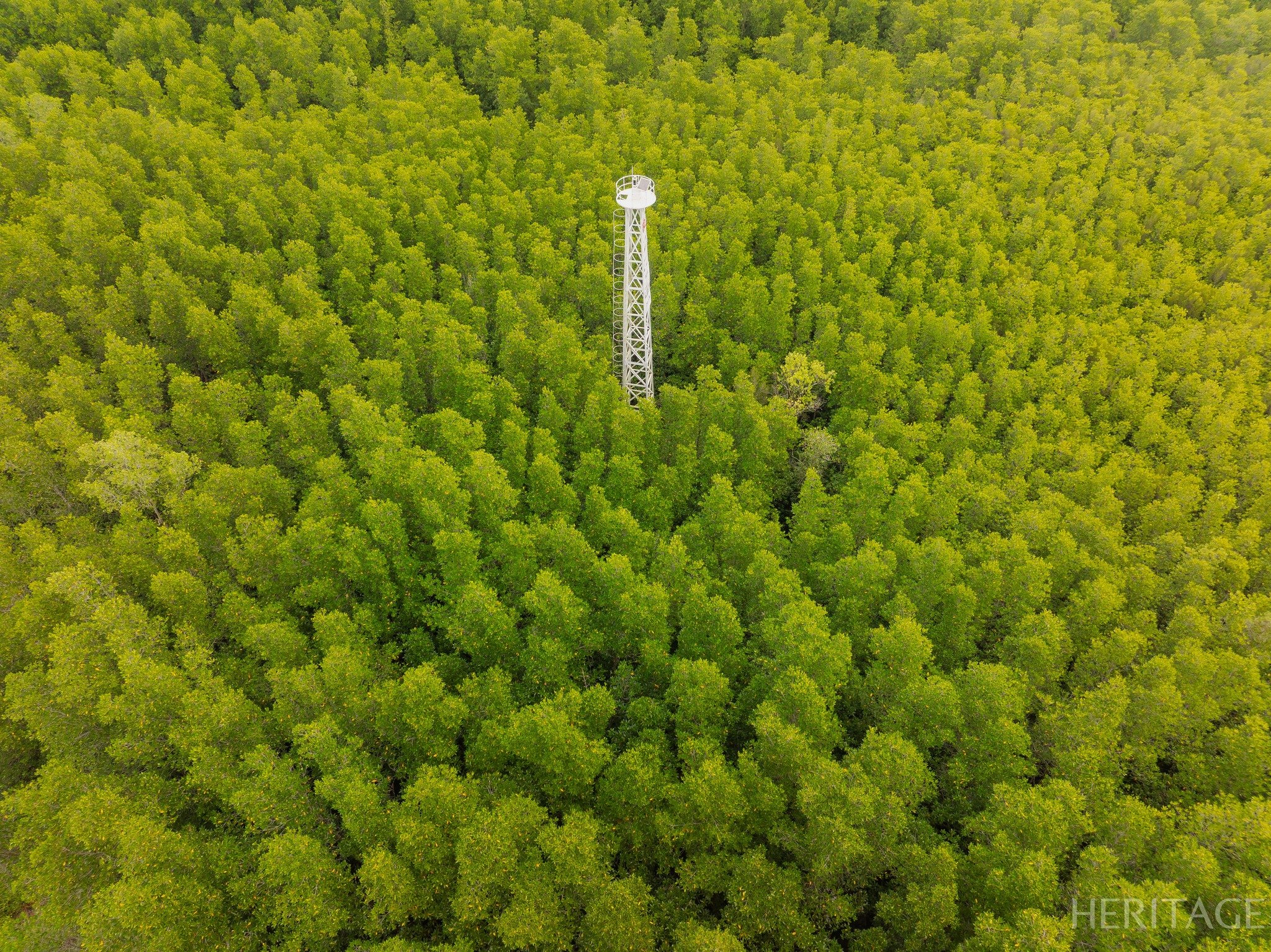



![[Photo] Bustling construction at key national traffic construction sites](https://vstatic.vietnam.vn/vietnam/resource/IMAGE/2025/5/2/a99d56a8d6774aeab19bfccd372dc3e9)

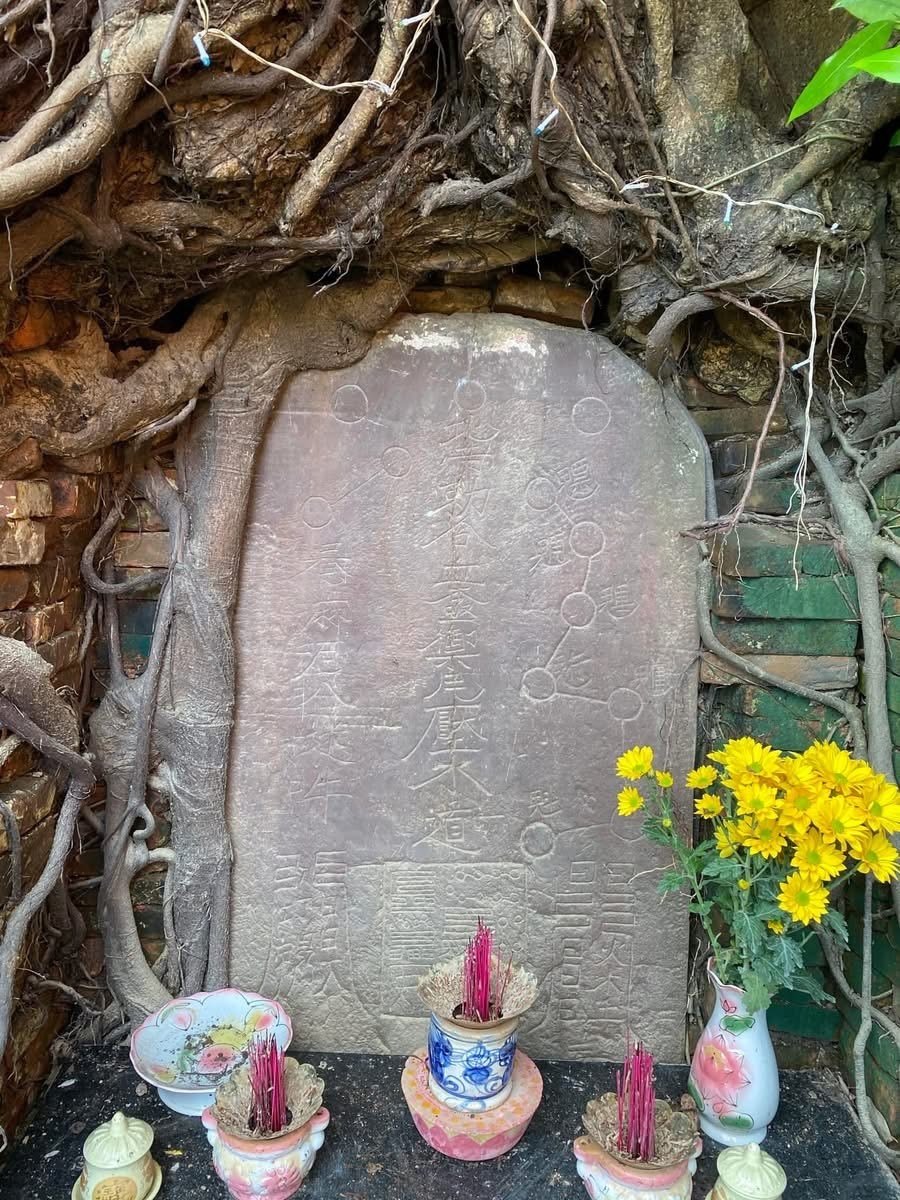

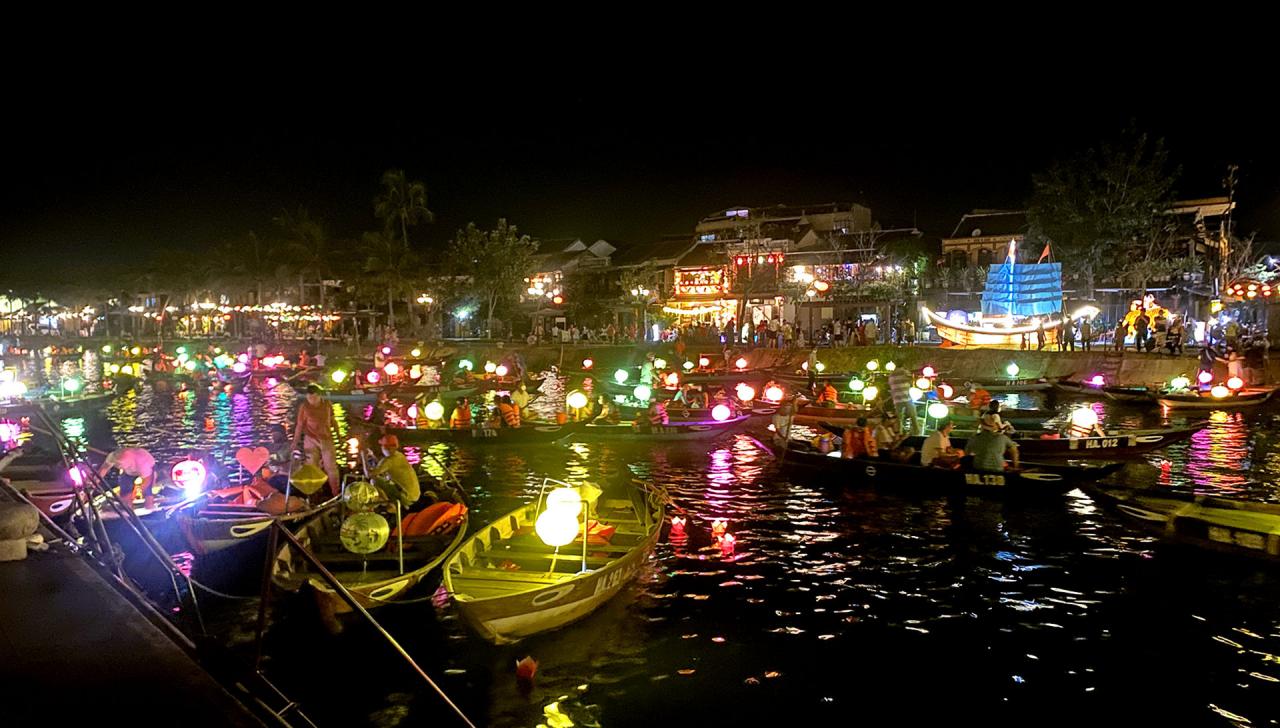

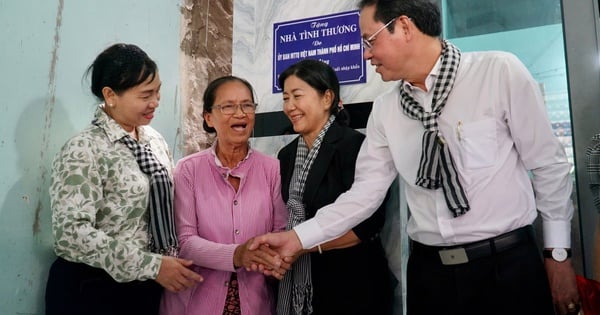

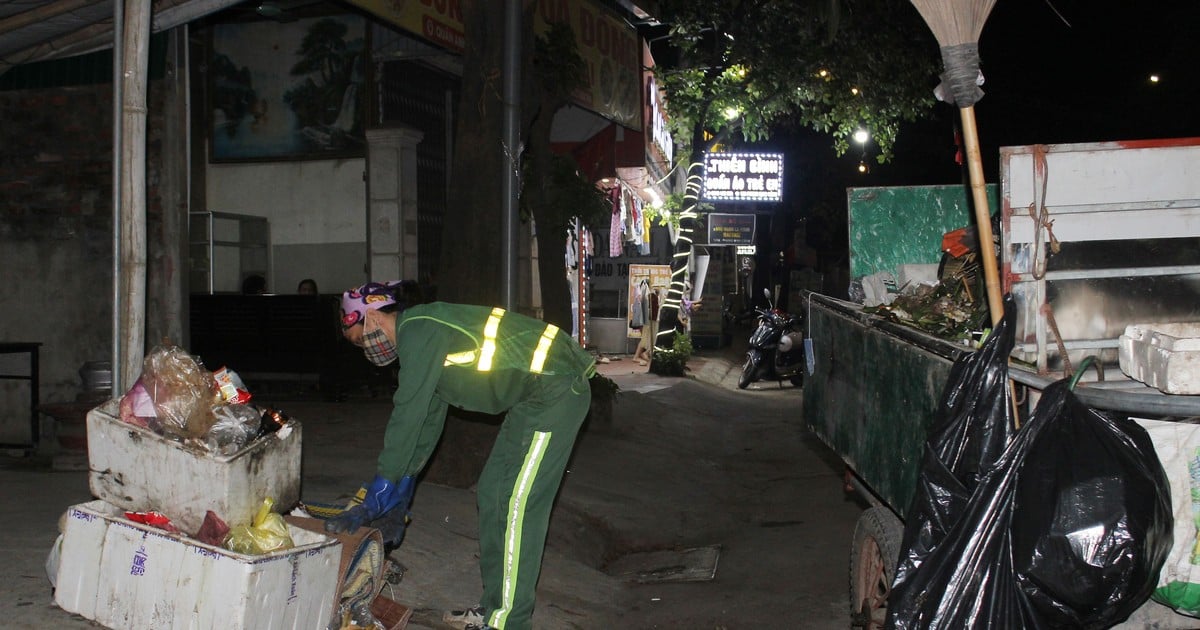
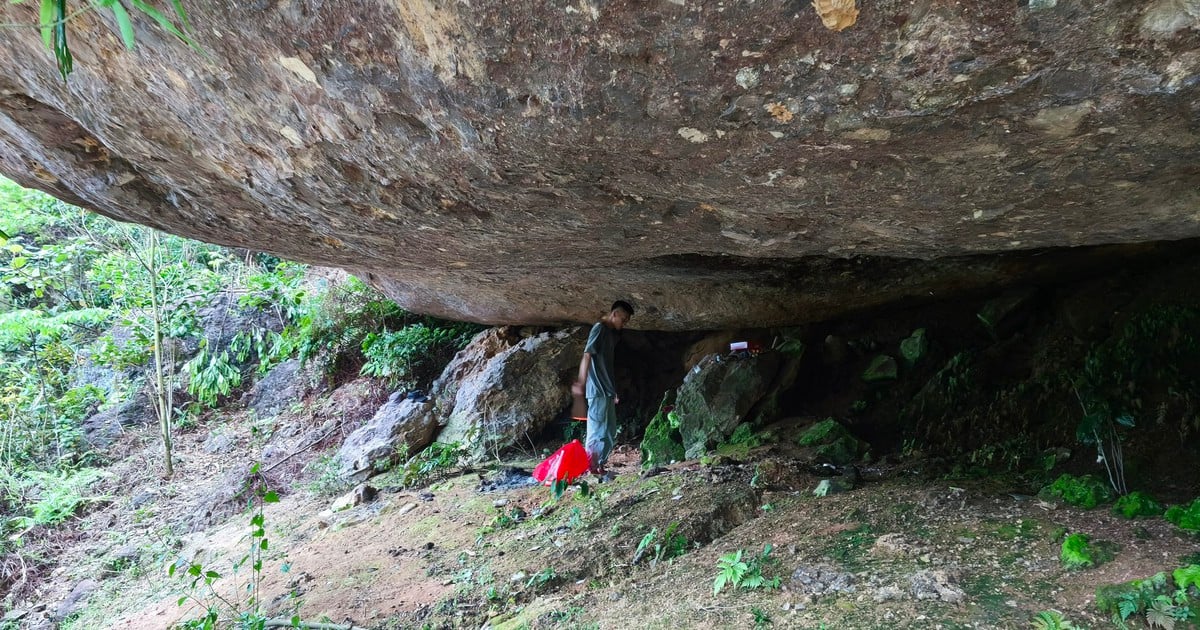

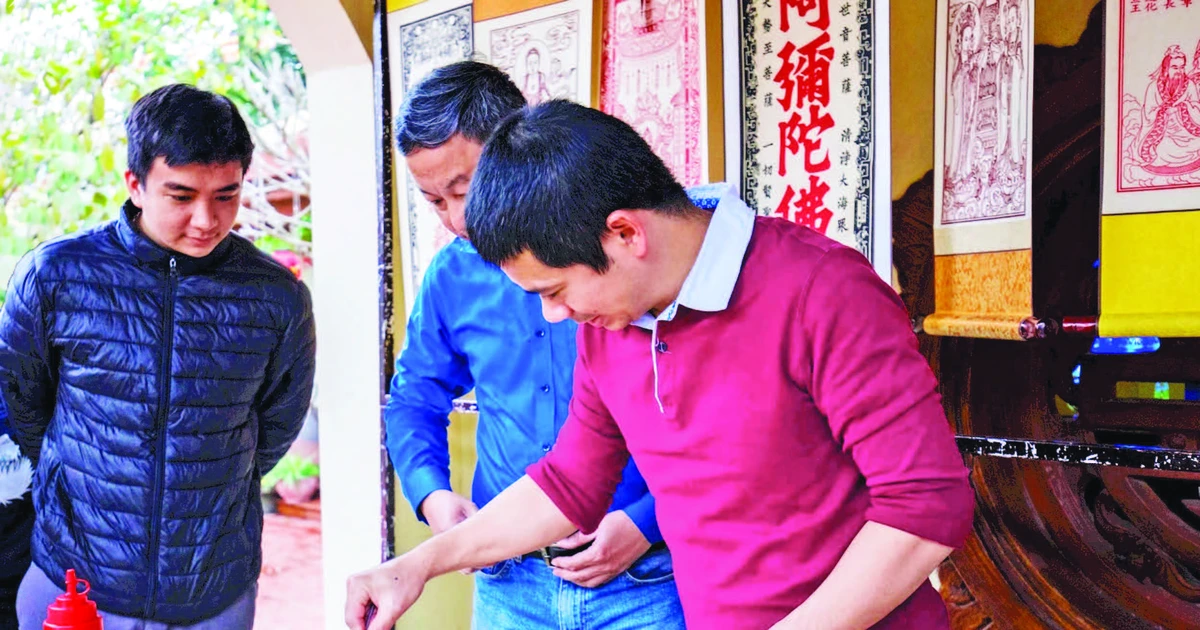




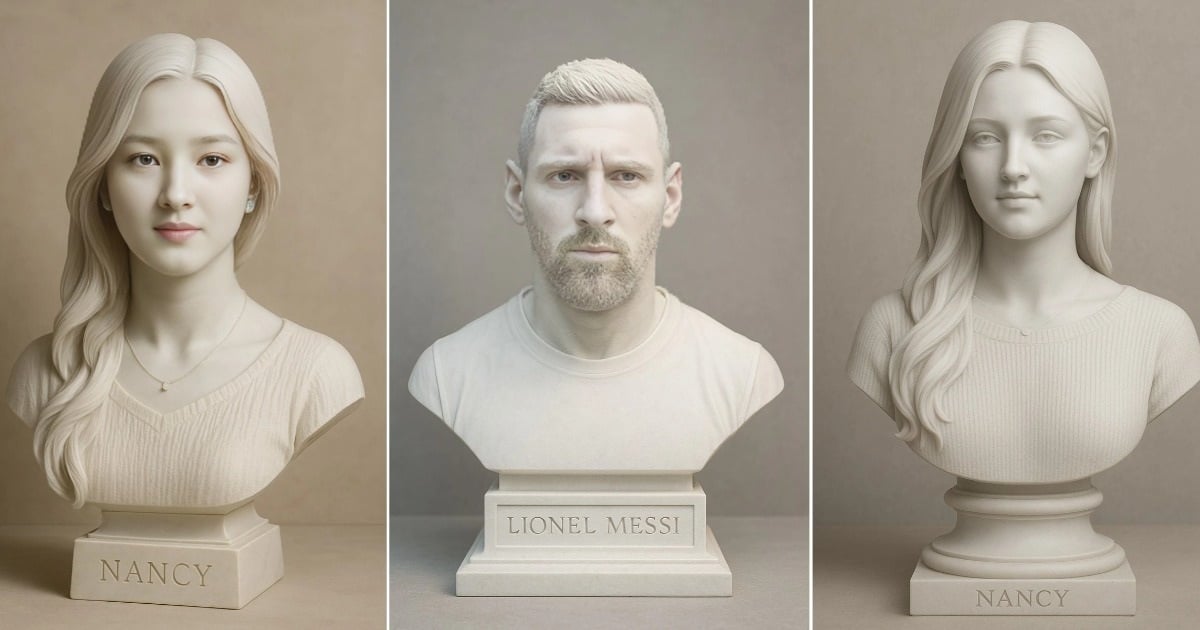



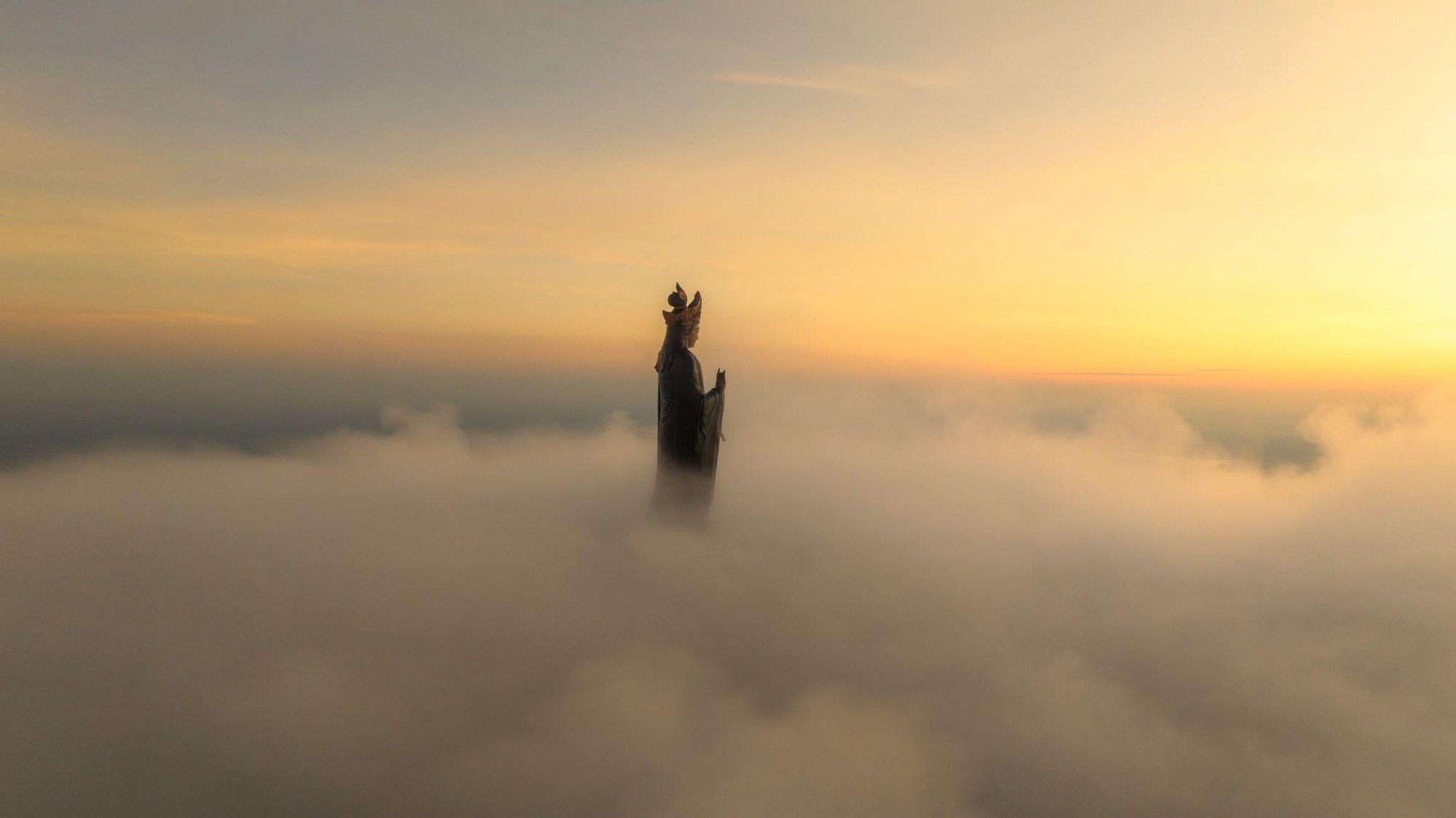
![[Photo] Binh Thuan organizes many special festivals on the occasion of April 30 and May 1](https://vstatic.vietnam.vn/vietnam/resource/IMAGE/2025/5/1/5180af1d979642468ef6a3a9755d8d51)
![[Photo] "Lovely" moments on the 30/4 holiday](https://vstatic.vietnam.vn/vietnam/resource/IMAGE/2025/5/1/26d5d698f36b498287397db9e2f9d16c)


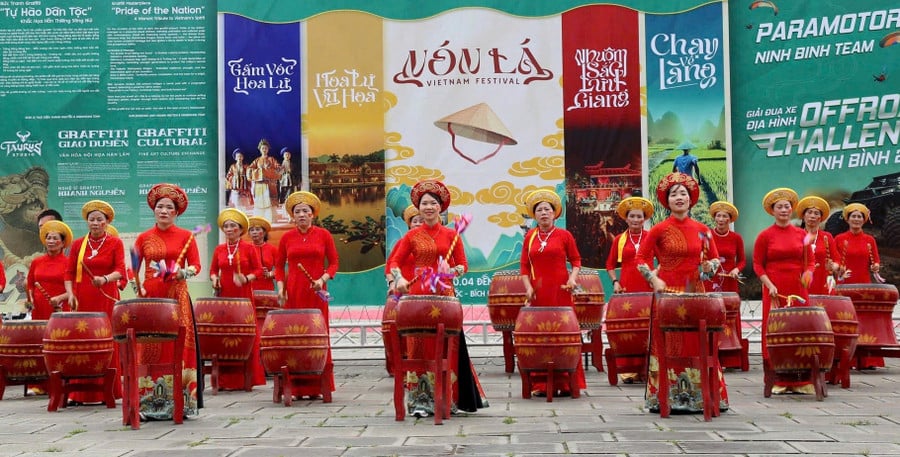

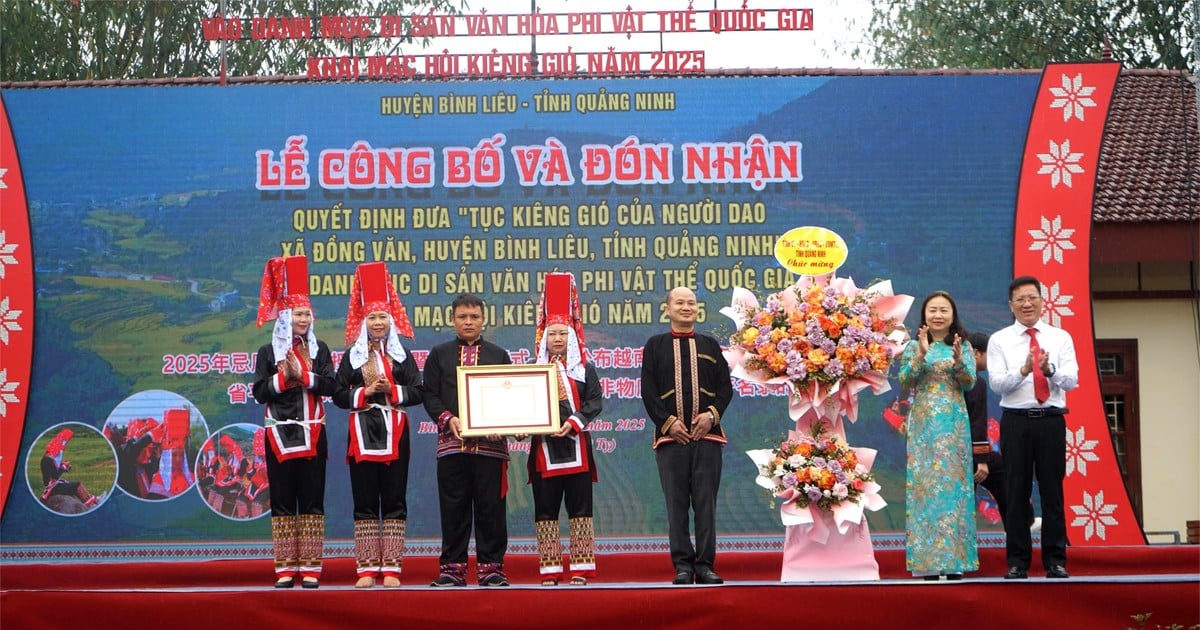

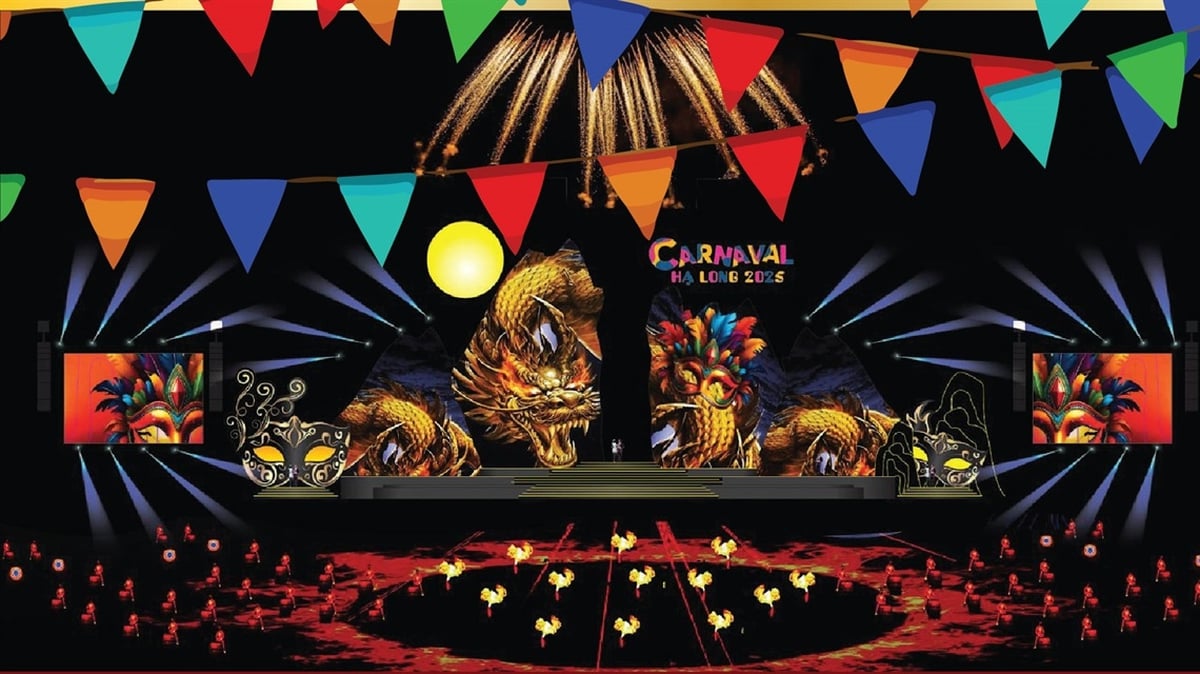



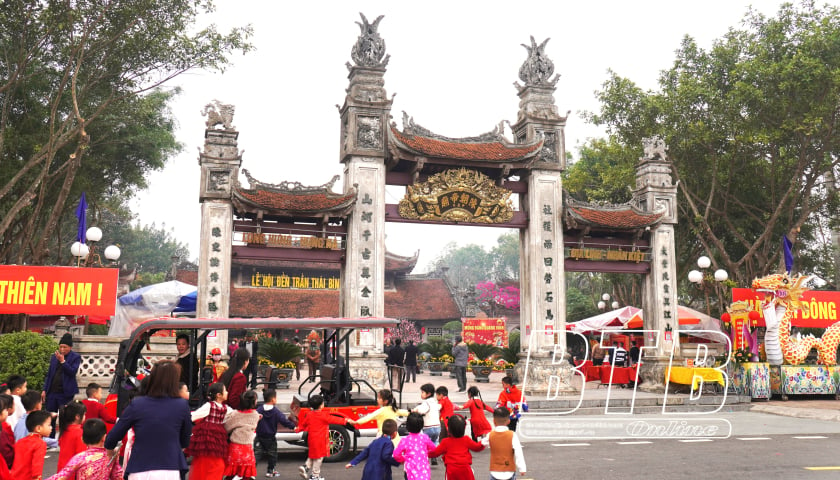

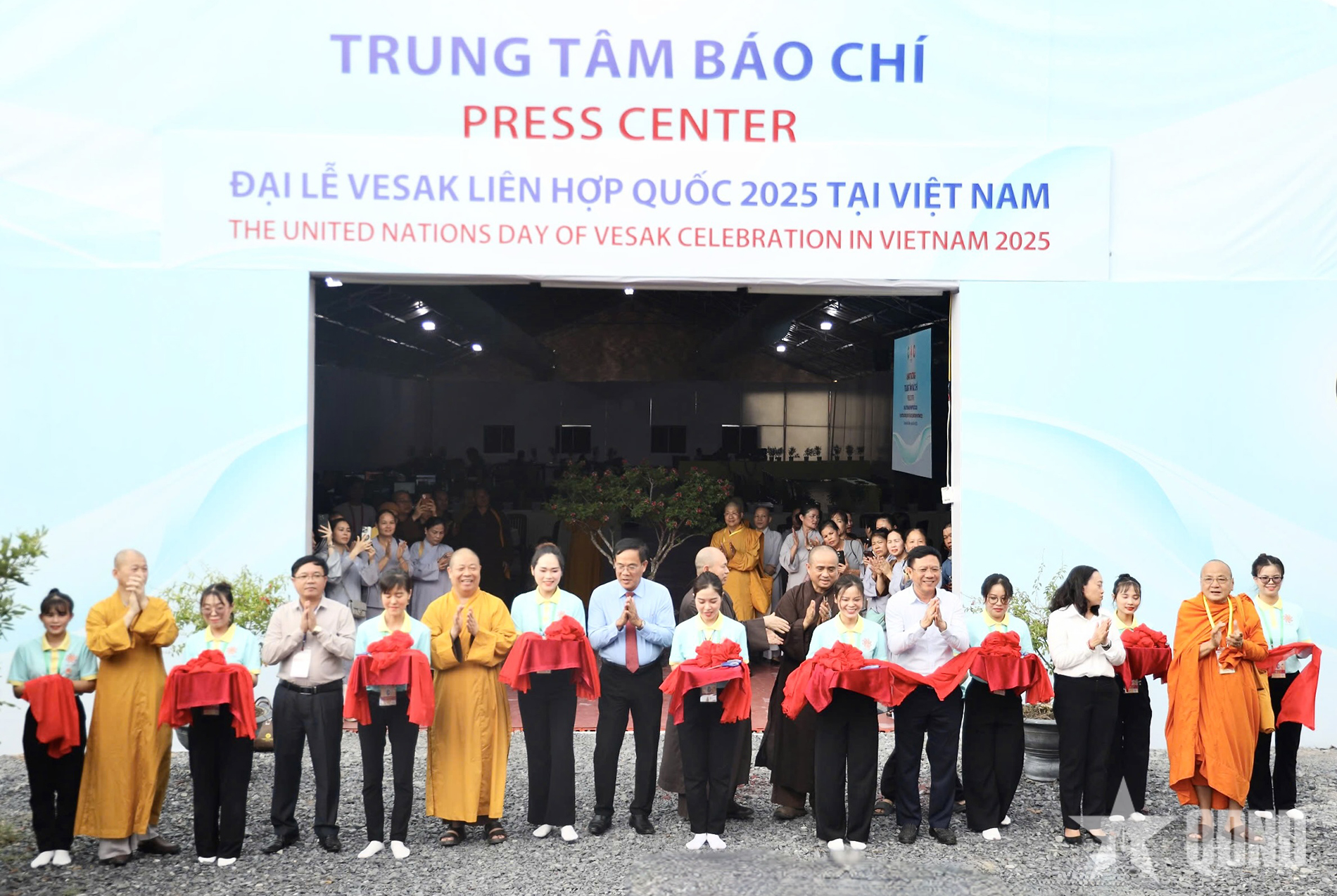



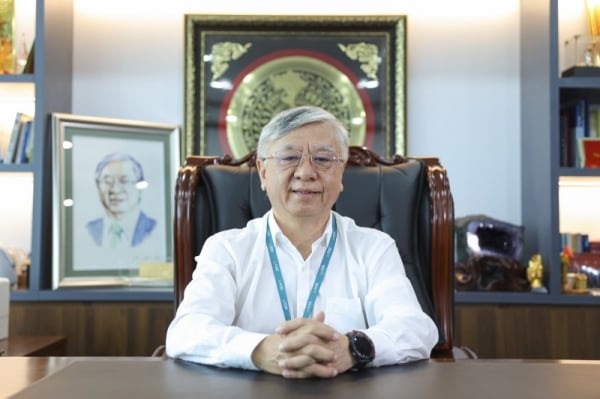














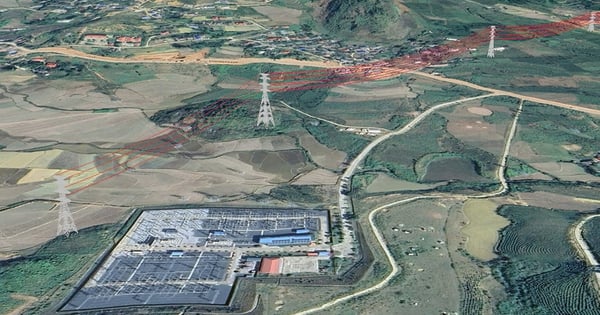
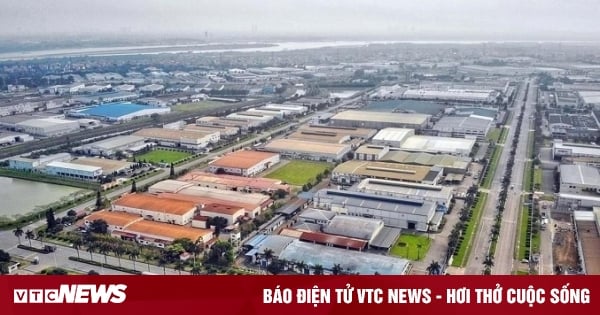

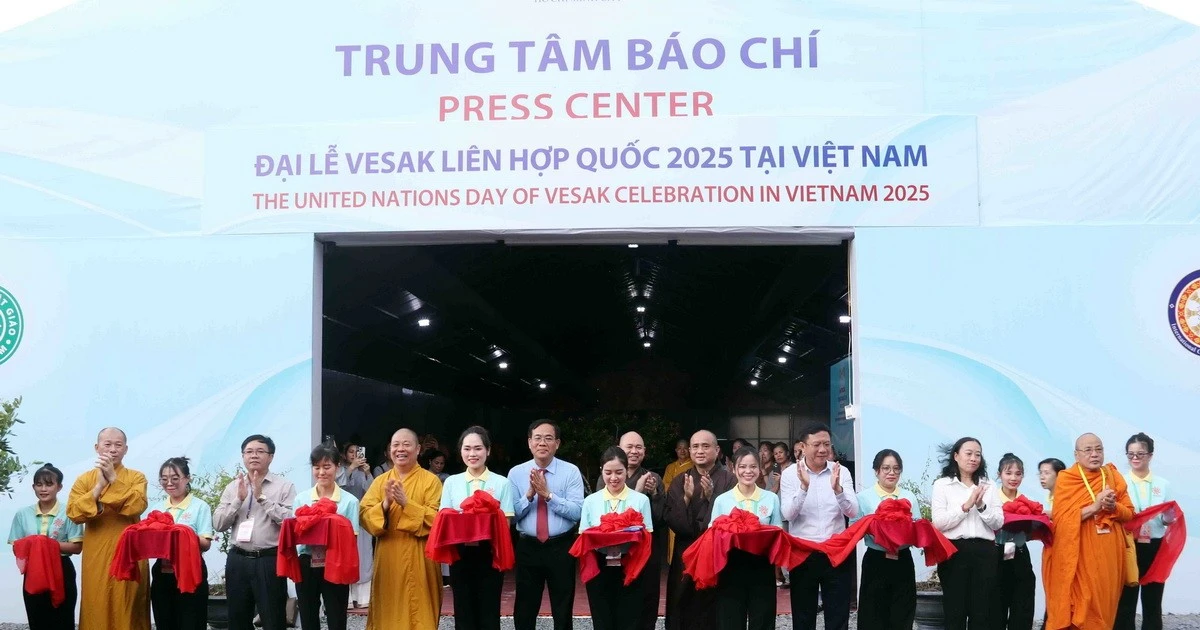

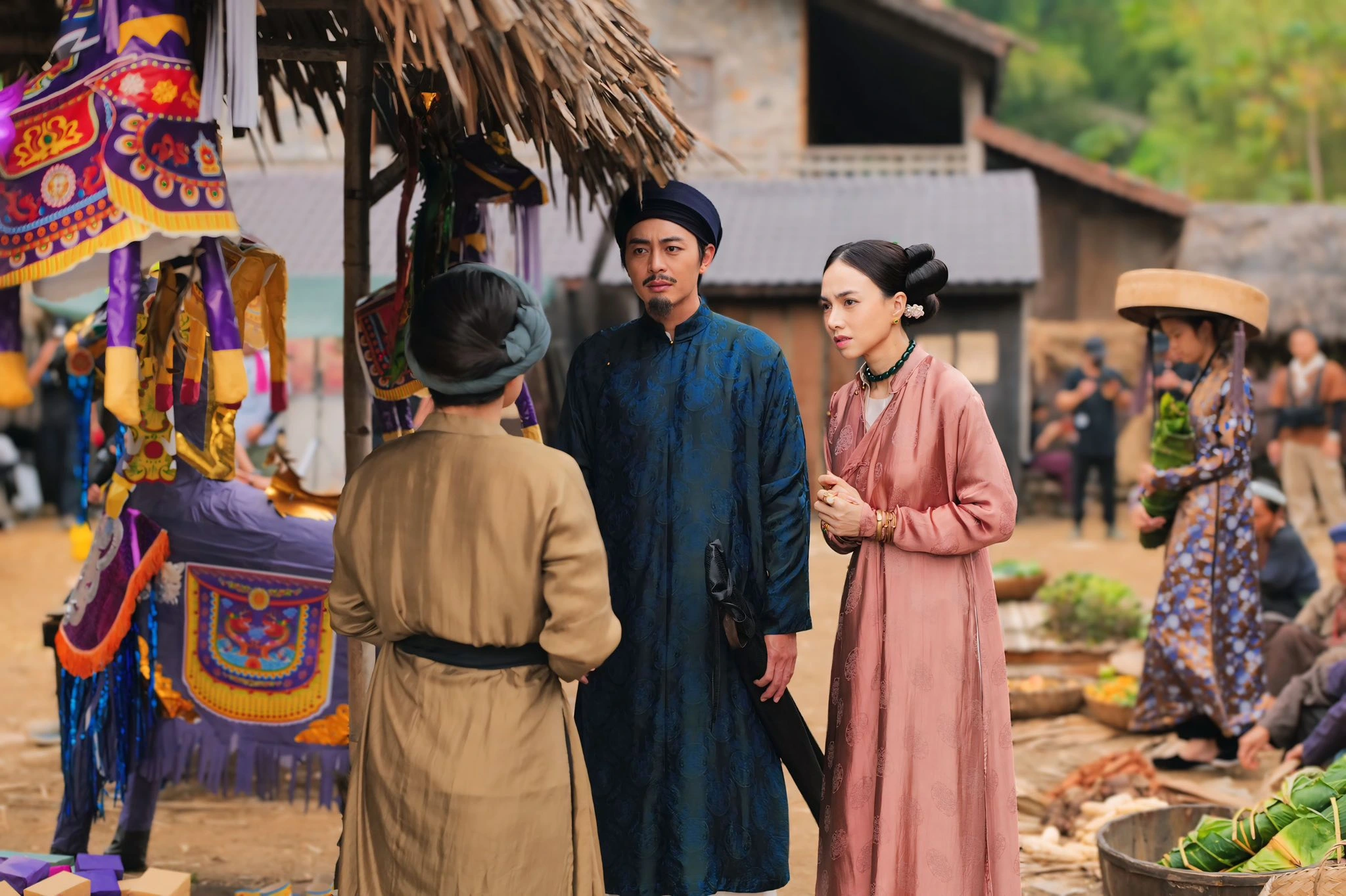








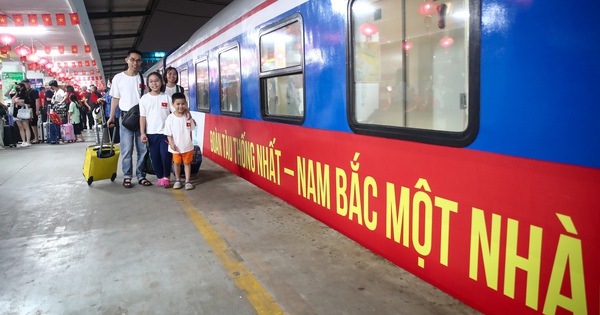
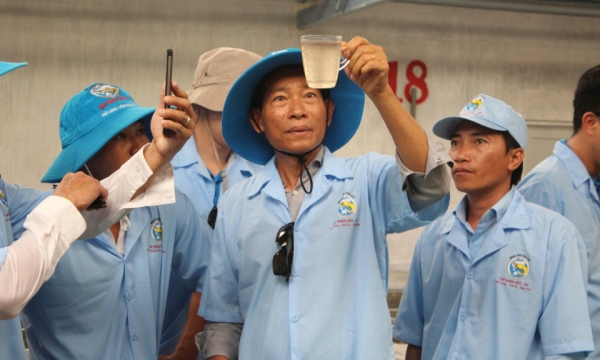
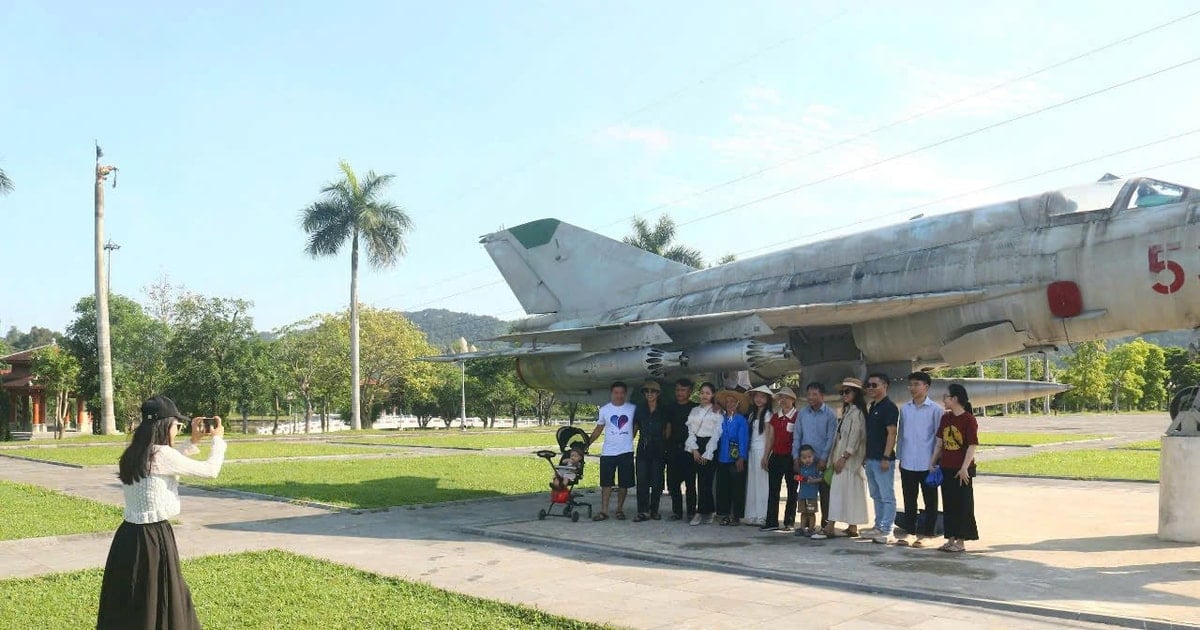





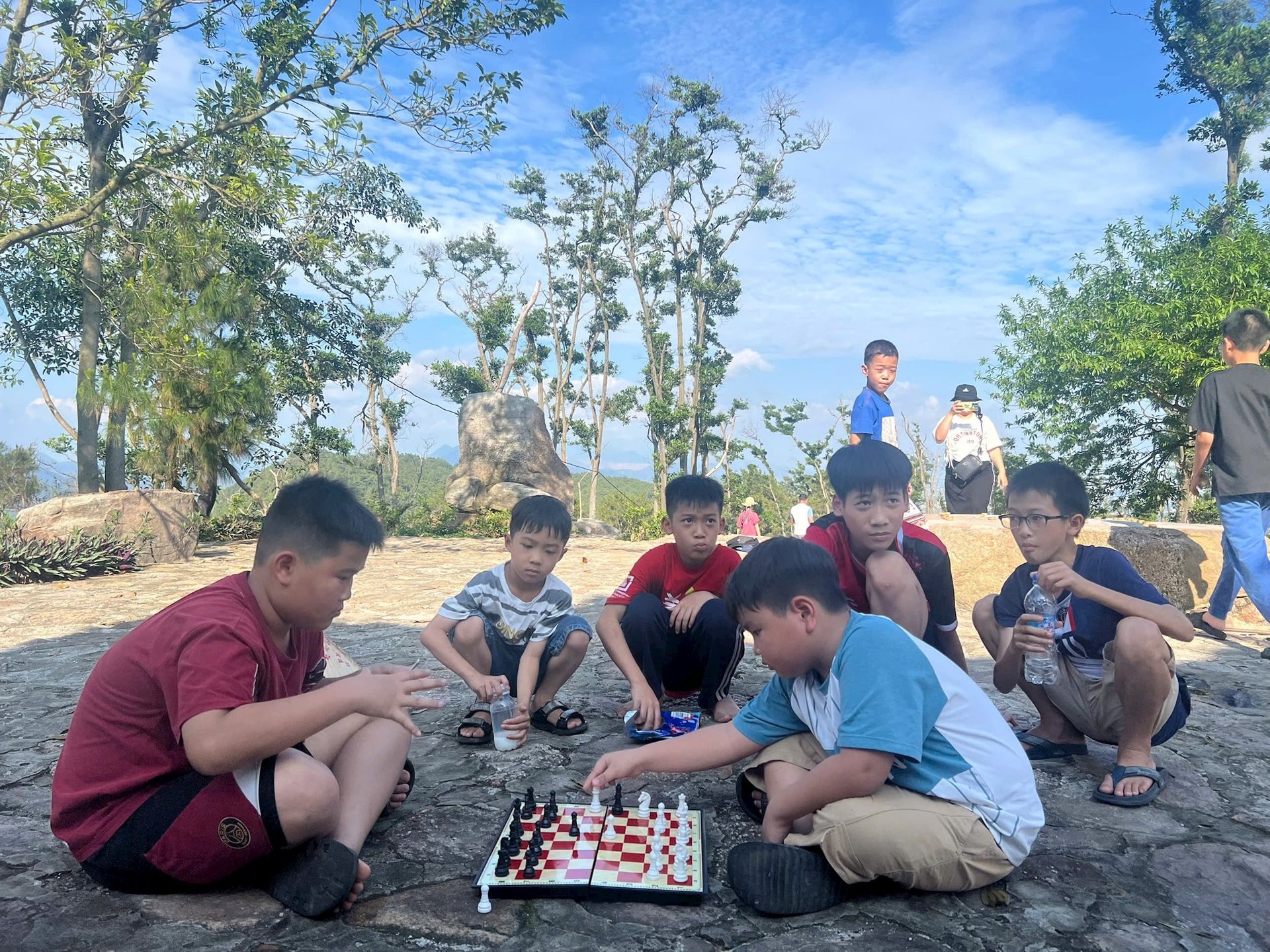







Comment (0)